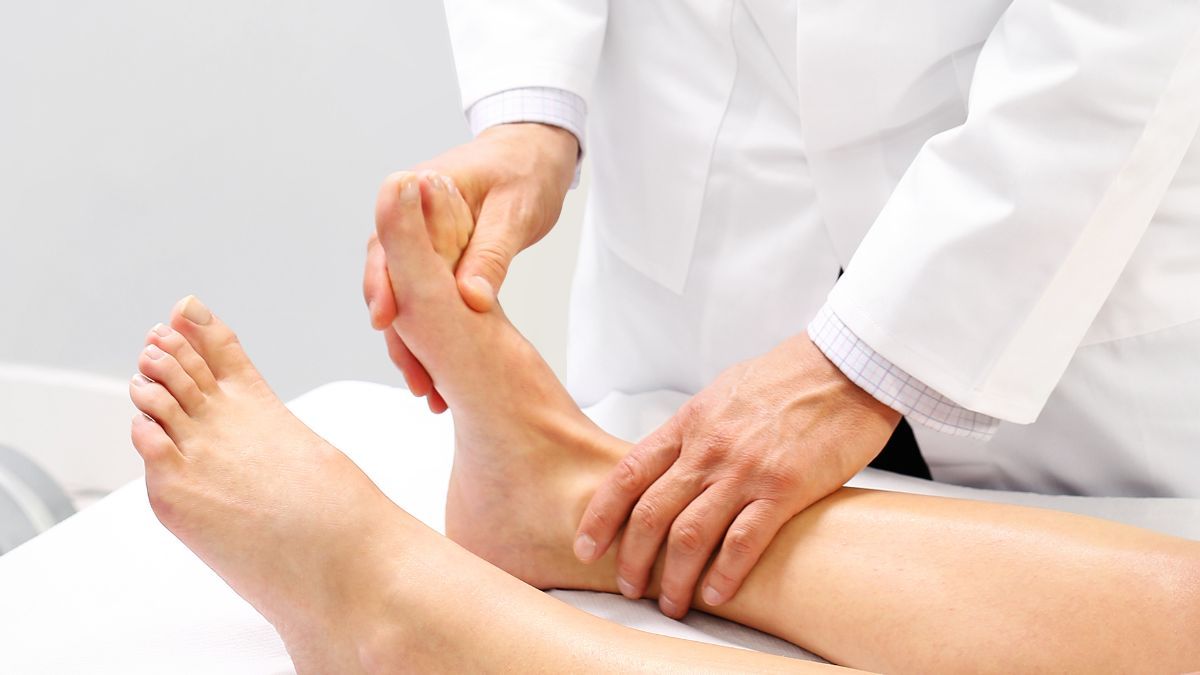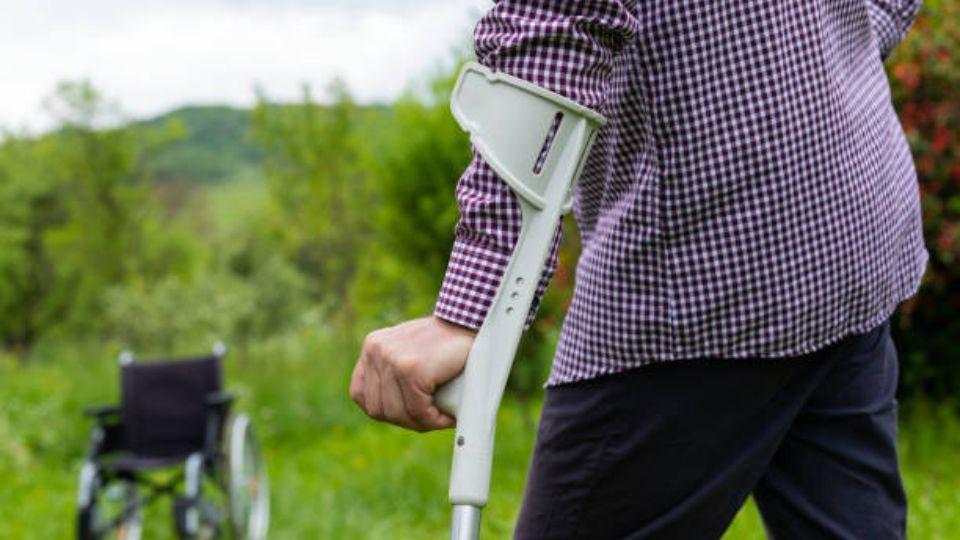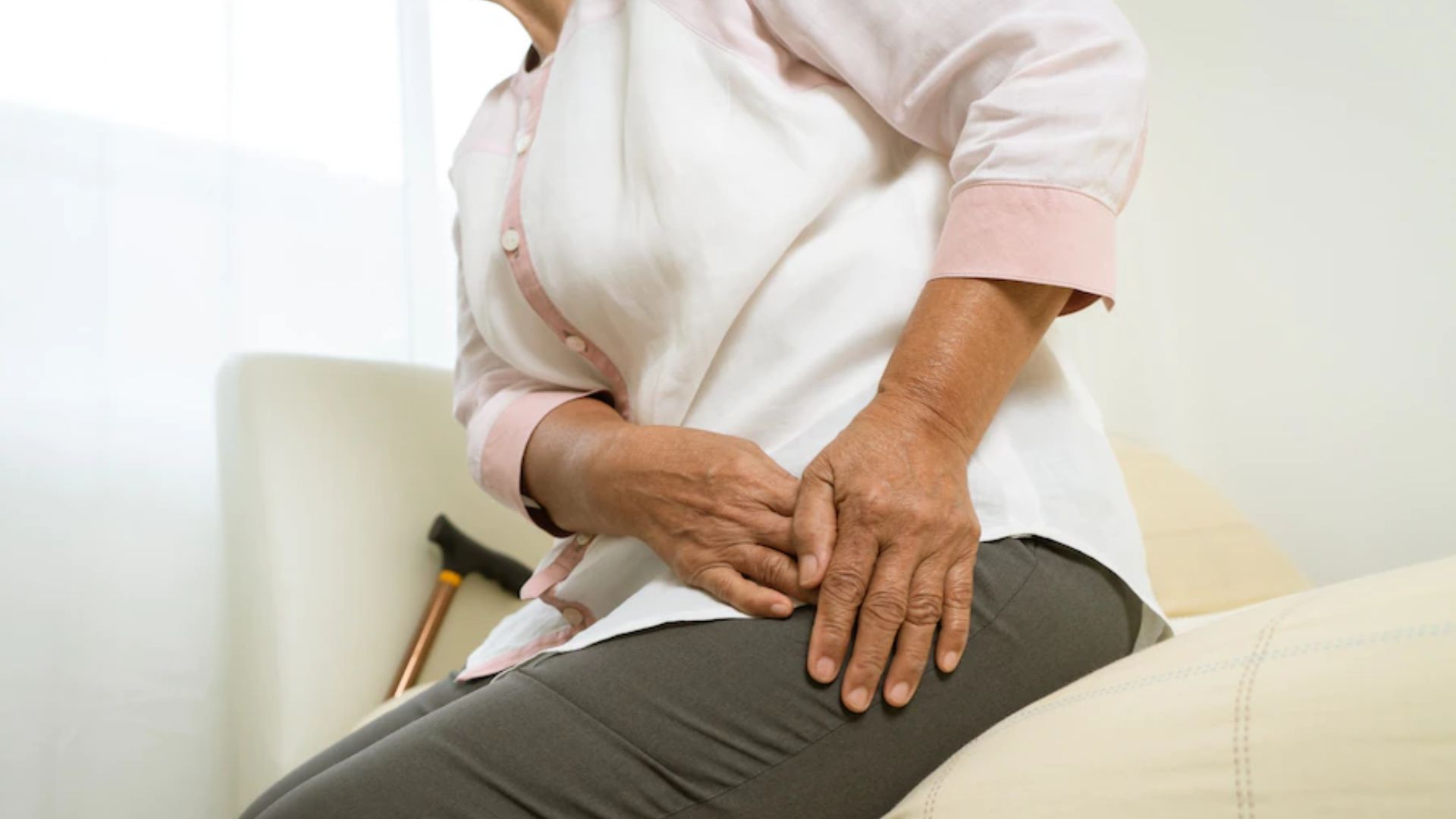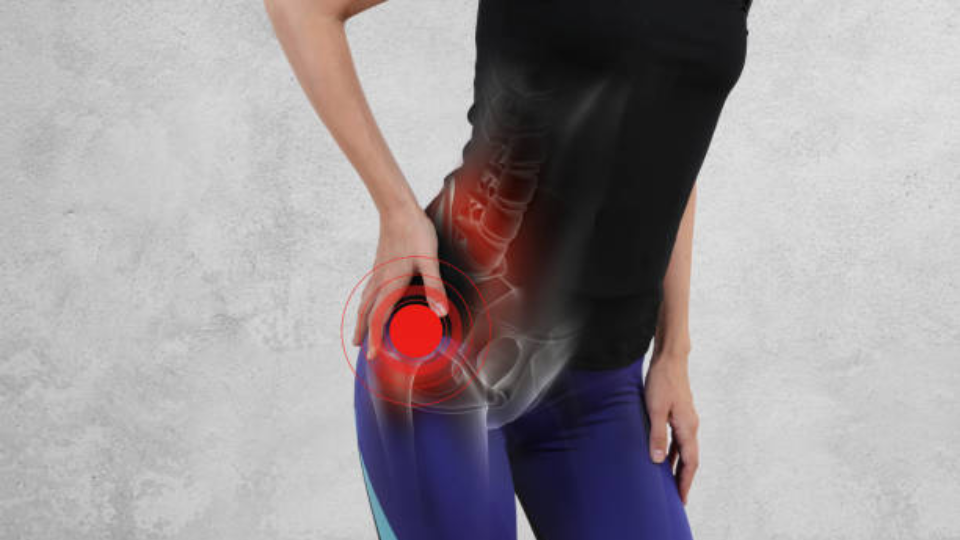The Most Common Orthopedic Surgeries Today
If you’re considering orthopedic surgery in Baltimore, you should know what your options are. You can always reach out to Ascension St. Agnes, our source for orthopedic surgery in Baltimore. You can schedule a free appointment to understand how to reduce your pain.
That being said, let’s talk about some of the most common types of surgeries available today.
Read More: How Hydration Affects Joint Health
The Most Popular Orthopedic Surgeries
Instead of a simple list of “The top 10 most common orthopedic surgeries” that you might find elsewhere, let’s narrow it down. Here are the surgeries most commonly in demand today:
ACL Reconstruction
This is one of the most common orthopedic procedures. A lot of athletes or even folks that are in their older ages look to get their ACL reconstructed. This is a major ligament that affects your mobility to rotate your legs, so it’s essential that it’s in working order.
Knee Replacement Surgery
At a certain point, a total knee replacement surgery is a great idea. It can help restore your damaged cartilage and free up your movement instead of it being painful.
After all, a lot of people have repetitive movement pain or knee pain due to obesity and other health conditions.
Shoulder Replacement Surgery
Getting your shoulder replaced can replace the damaged socket and give you a plastic prosthesis.
The tendons and ligaments in your shoulder can get worn out over time, so this is a very common surgery these days.
Hip Replacement Surgery
This is something called a ball and socket joint in your hip that connects your hip bones to your pelvis. That connects your pelvis to your femur, which is your thigh bone.
Hip replacement surgery can either use the traditional approach or just replace the damaged portions.
This is just an introductory list of the types of surgeries that you can get to relieve your pain. For a comprehensive list and for more information, reach out to Ascension St. Agnes today.
Unleash Your Mobility And Comfort Once Again
Reach out to the knee pain specialists in Baltimore at Ascension St. Agnes Orthopedics. At Ascension St. Agnes, we’re dedicated to your success in both your health and other areas of your life.
Our compassionate and knowledgeable medical experts will do whatever it takes to ensure you feel your best every day of the week. So contact us now and let’s build a healthy tomorrow.







